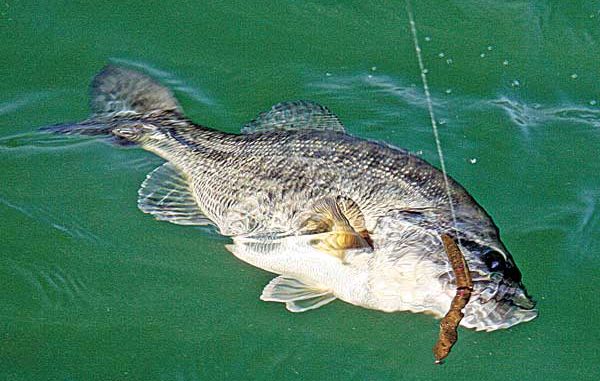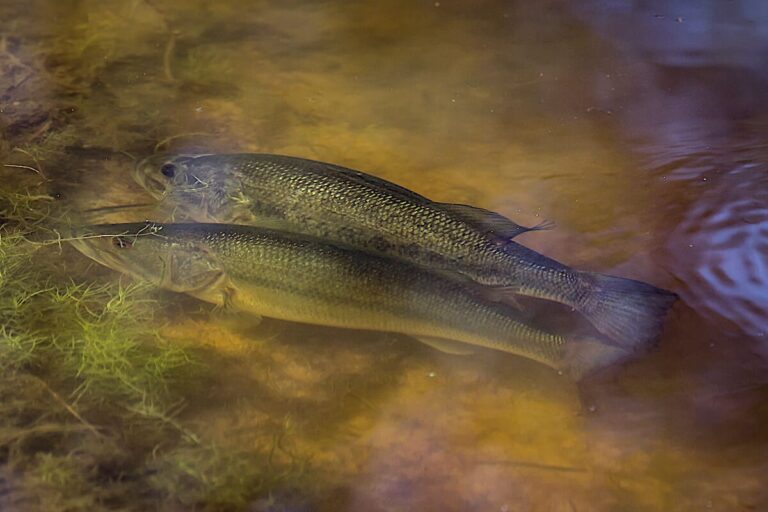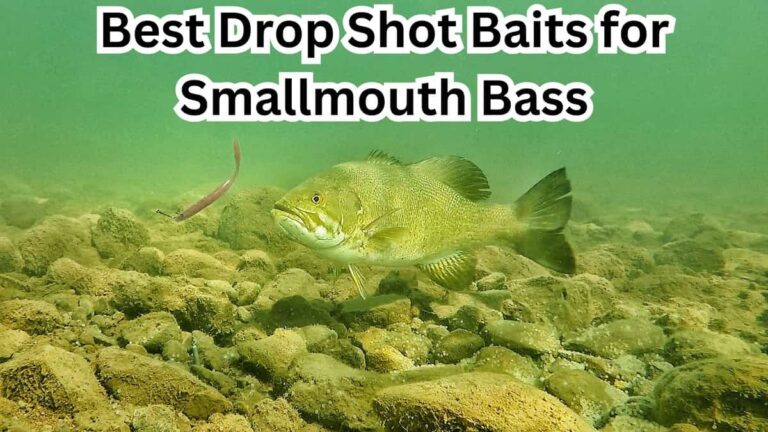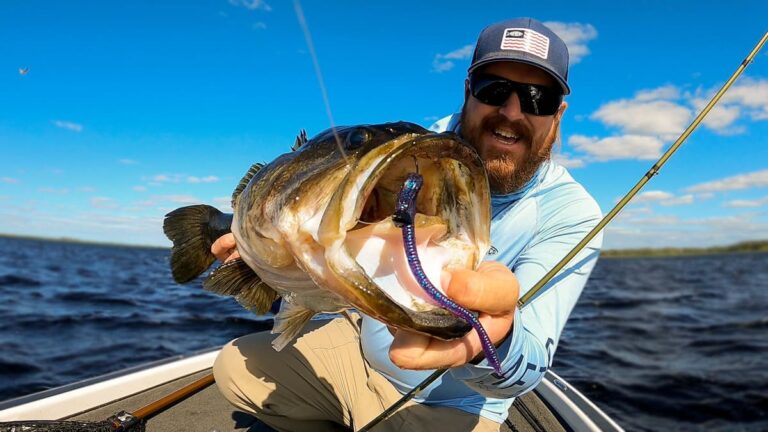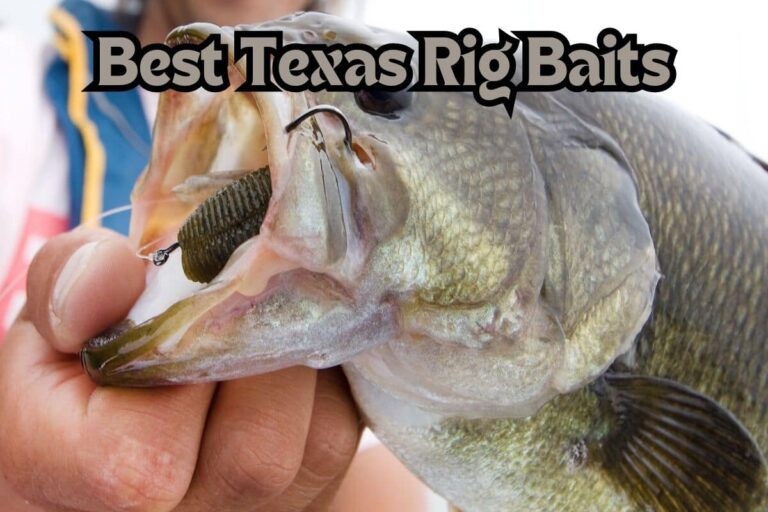Neko Rig Fishing 101
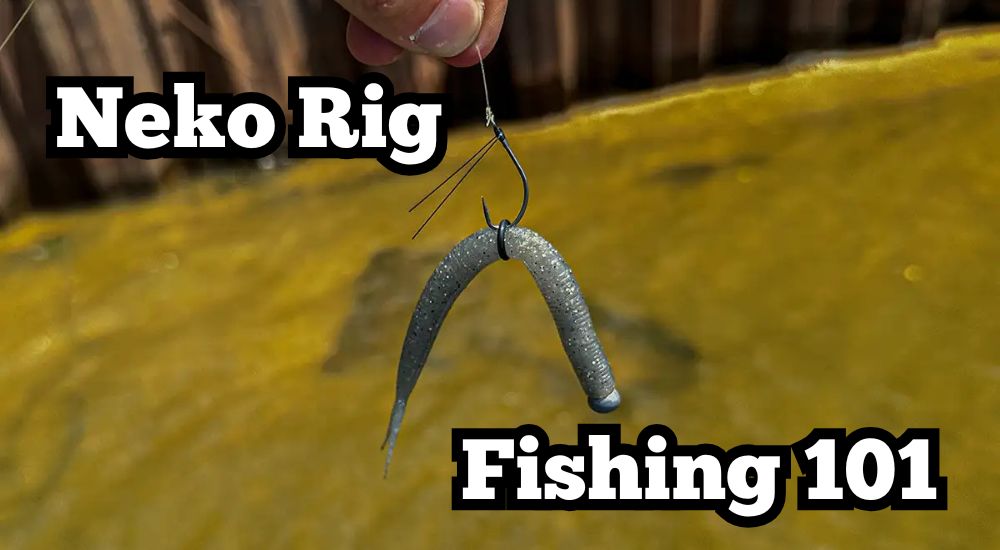
The Neko rig has actually been around for a long time, but has only gained huge popularity in recent years.
And in the last few years, it has moved into my top 3 favorite finesse techniques. Even phenom angler Easton Fothergill has been slaying bass and winning tournaments on the Neko rig.
As a must have technique to have in your arsenal, let me completely break down Neko rig fishing so you can get started right away.
What is the Neko Rig?
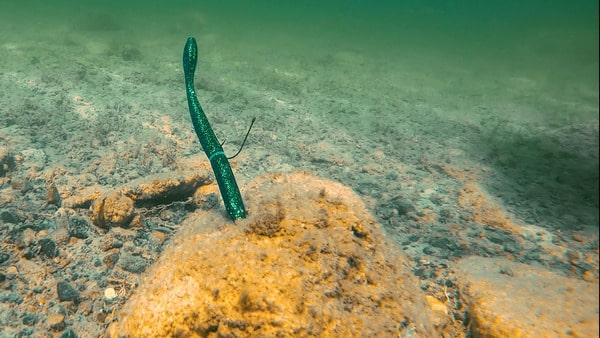
Essentially, the Neko rig is a wacky rig with a weight in one end so that it stands up vertical instead of horizontal.
All you do is take a straight tail, plastic worm and put a nail weight in the bottom, or thicker end. Then take a Neko or wacky hook and vertically insert the hook roughly 1/3 or 1/2 the way up the worm. And that’s it.
Neko Rig Components
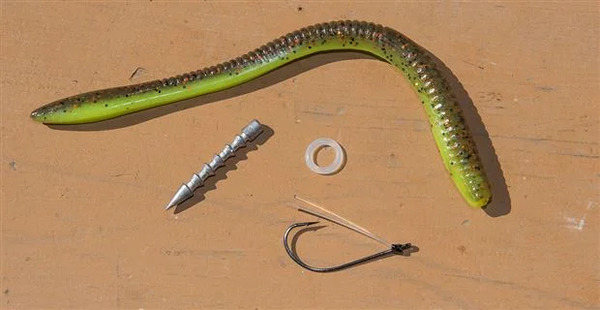
- Straight finesse or stick worm
- Nail weight (could even use a hardware screw or nail if needed)
- Neko / Wacky hook
- O ring (optional but adds durability to the worm, saving you weights and baits)
Advantages of a Neko Rig
So we all know the advantages of finesse fishing in general. Finesse techniques get more bites, are more subtle, are more realistic, and will catch bass no matter how bad the fishing conditions are.
But what are the specific advantages that the Neko rig has over other finesse techniques like the wacky rig, shaky head, drop shot, and others?
From my experience using the Neko rig, there are three main advantages that I get fishing with a Neko rig.
1. Elevated Hook
This is the biggest advantage I have found. If I am fishing a lake or pond with lots of debris on the bottom like leaves, slime grass, mud, or chunk rocks, I will immediately tie on a Neko rig.
The reason is that other finesse techniques have the hook touching the bottom. For example, the shaky head and Ned rig both have a jighead that makes bottom contact.
And if there is lots of debris on the bottom, that jighead will get stuck in rocks, pick up leaves, or get covered in slimy weeds.
But because the Neko rig elevates the actual hook a few inches above the bottom, it keeps the hook from grabbing onto bottom debris or from wedging in rocks.
And because the weight is up inside the worm, it doesn’t wedge or get caught either.
2. High Hook Up Percentage
I have found that the Neko rig has one of the highest hook up percentages of all finesse techniques. I believe this is because it has both a vertical facing hook point and an exposed hook point.
So when bass suck in the worm and you set the hook, there is already an exposed hook pointed right at the top of their mouth.
And I catch pretty much every single bass that bites, as long as it eats the whole worm.
Now I have a solid hook up percentage on just about all finesse techniques, but I have found that Neko rig fishing gives me a bit higher than most of the others.
3. Bottom Contact
There are a bunch of finesse rigs that have bottom contact, but when comparing the Neko to the wacky and adding in the other advantages, bottom contact becomes useful.
Being able to drag or shaky a bait on the bottom can be very useful. Whether you are trying to feel out the bottom composition or shake your bait in a high percentage area, having bottom contact helps a lot.
And having that contact with the profile and action of a wacky rig is phenomenal.
When to Fish a Neko Rig
Because the Neko rig is a finesse technique, it really works all year long. You want to use it when the bite is tough and bass won’t commit to a loud, fast power fishing lure.
I mostly fish a Neko rig during the warm months. From the spawning season to the early fall months, I always have one tied up.
As it is for most finesse techniques, the Neko rig is best used when the bite is tough. Bluebird skies, mid-day heat, high fishing pressure, clear water.
These are some conditions that can make bass fishing very difficult, and these are the conditions when a finesse technique like the Neko rig outperform other baits.
Where to Fish a Neko Rig
Shallow, high percentage areas are where you should be fishing this rig. You aren’t going to be making long casts or retrieving quickly.
Find shallow pieces of cover or high percentage areas. Things like weed lines, docks, rocks, laydowns, overhanging branches, or drop offs.
Now you don’t want to actually cast the Neko rig into thick cover. Since it has an open hook, it will snag if you cast right into a thick laydown. (There is a “Chicken rig” variation that will help you fish some heavier cover).
But cast the bait near the cover and fish it slowly to give bass time to come out of the cover and eat it.
The Neko rig really isn’t a deep water technique. I pretty much never use it in more than 8 feet of water. And most of the time I am fishing it in the 3-5 feet zone.
How to Retrieve the Neko Rig
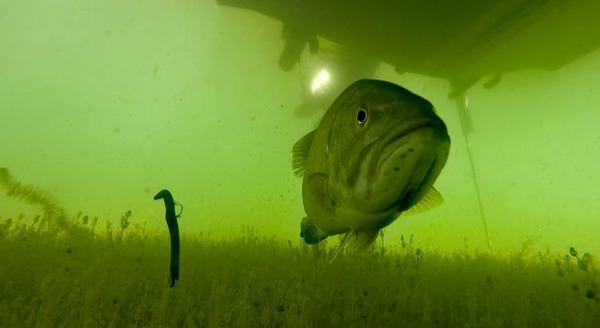
Your retrieve will be pretty much the same as with most other finesse rigs. Cast out into a high percentage area and just let the Neko rig sink to the bottom on slack line.
Watch the line closely as it falls because you will get a lot of bites as the worm just falls to the bottom.
Once the worm hits the bottom, let it sit there for a couple of seconds. Then shake or drag the worm a few inches and stop.
Let the worm sit again for a few more seconds. Repeat this 1-3 times and then just reel the worm back in and repeat the cast somewhere else.
You don’t need to make a long cast and slowly fish the worm back in for 2-5 minutes. That’s what power fishing is for.
Just fish the high percentage, 3-5 feet of water where your bait hits the water, and then reel the bait in and make another cast.
Choosing the Right Worm
Once you get some experience and confidence with the Neko rig, feel free to branch out and test out some other baits.
But when first getting started, you really want to keep it simple. There are only two worm styles you should be fishing on the Neko rig.
These are finesse worms and stick worms. For the finesse worms, really just use the same worms you would fish on a shaky head or drop shot.
I like a 5-6.5 inch finesse worm which is pretty standard. And I like a 5 inch stick worm. The finesse worms will have more action and movement in the water.
And the stick worms will have more bulk and presence in the water. I can’t really say when each worm works better than the other.
It all just depends on the day and the mood bass are in, so I like having both on the deck and test them out until one gets bit.
Neko Rig Gear
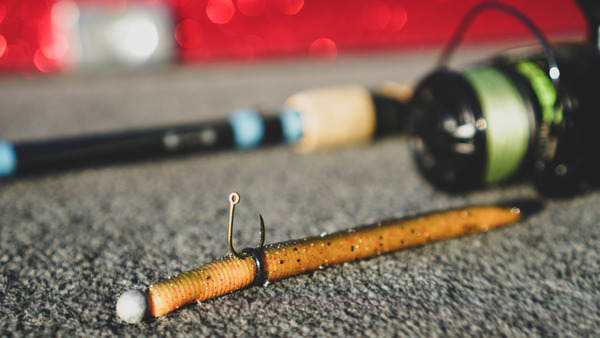
You don’t need anything fancy to fish this technique. A standard finesse setup works perfectly.
A medium or medium-light action spinning setup is perfect. And then 10-15 lb braided mainline with a 6-8 lb fluorocarbon leader is usually what I use.
Most of the time I use 8 lb test, but in super clear water up North, I’ll drop down to 6 lb test.
Reeling this In
The Neko rig, a weighted and vertically oriented take on the classic wacky rig, has rapidly gained popularity as a highly effective finesse technique for bass fishing. Its advantages, particularly the elevated hook point that avoids bottom debris and the high hook-up ratio, make it a valuable addition to any angler’s arsenal, especially in challenging conditions and shallow, high-percentage areas.
By understanding its components, advantages, optimal fishing times and locations, and effective retrieval methods, anglers can confidently employ Neko rig fishing to entice even the most finicky bass.

